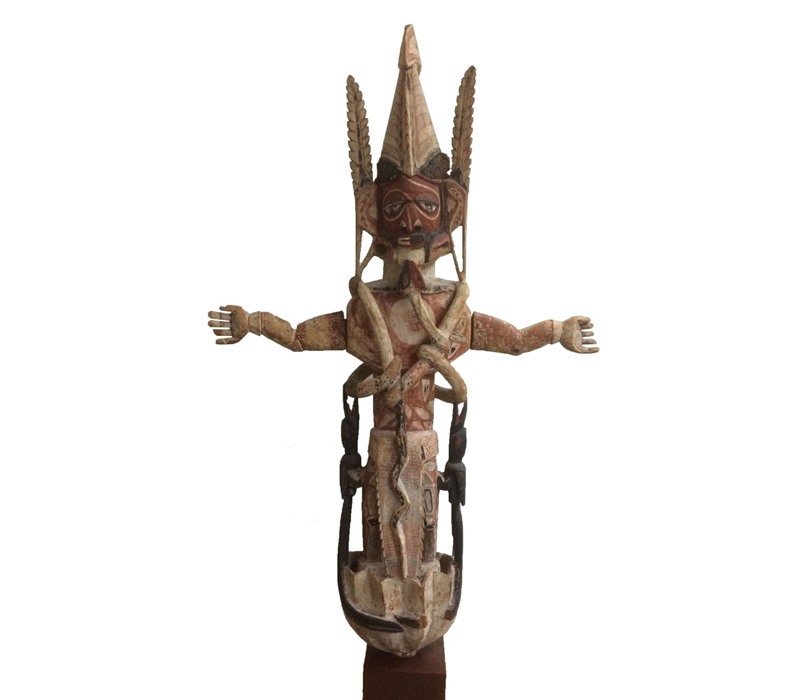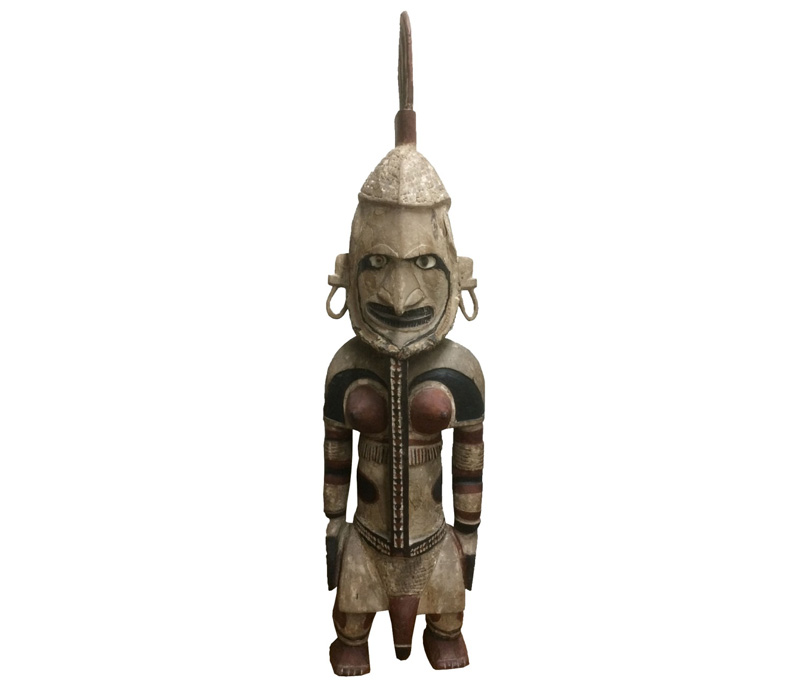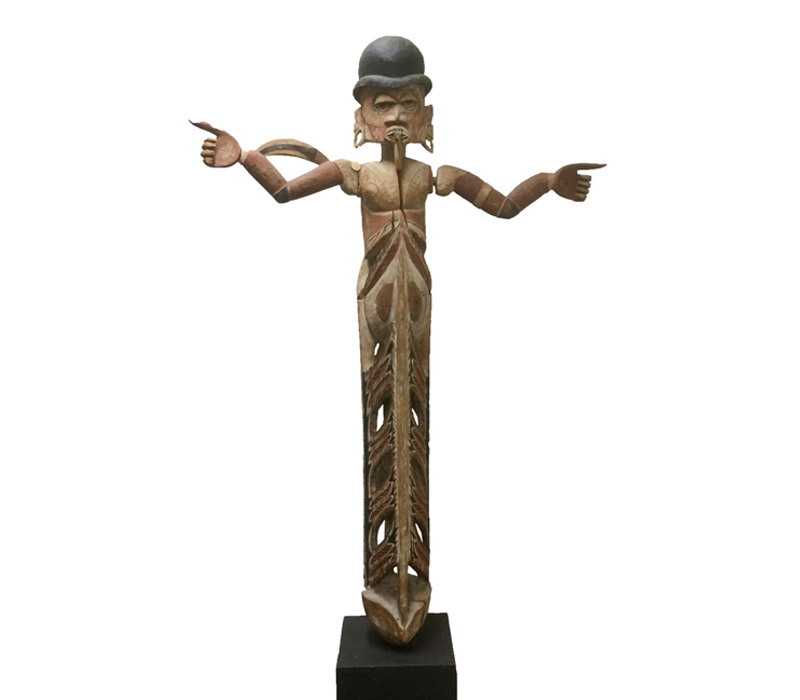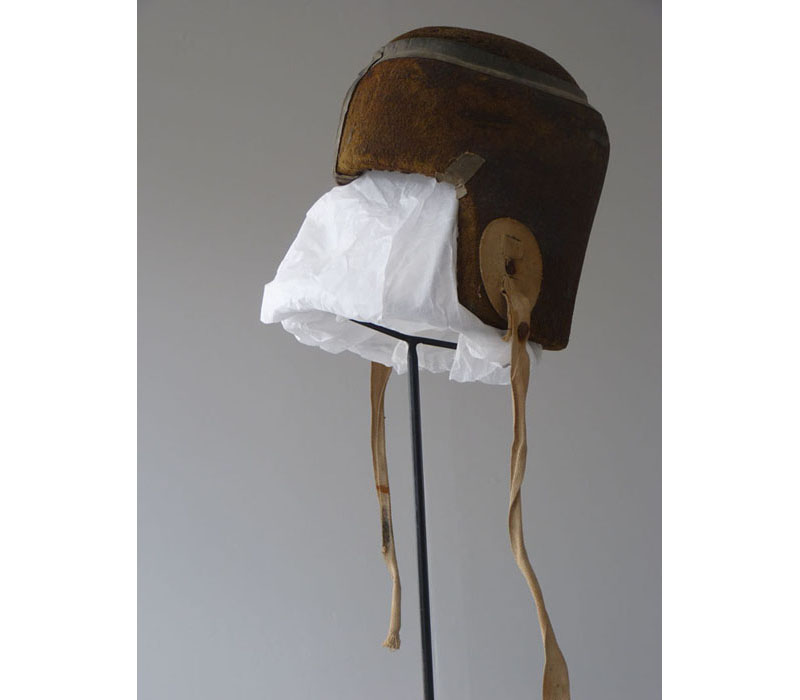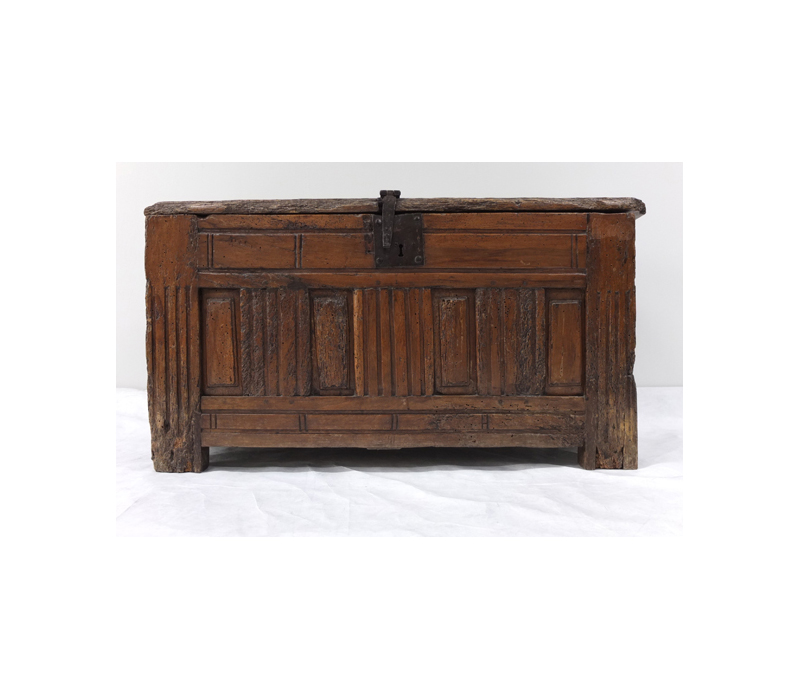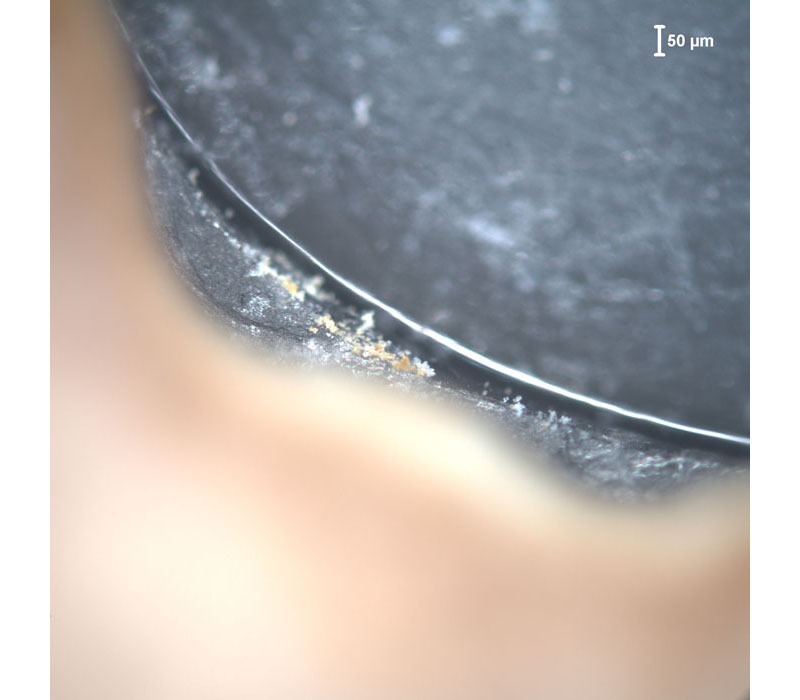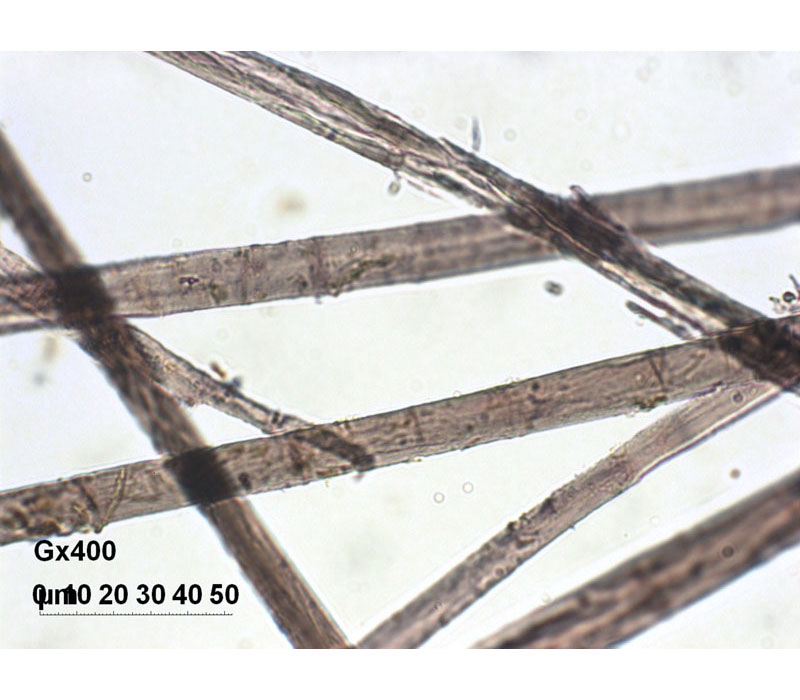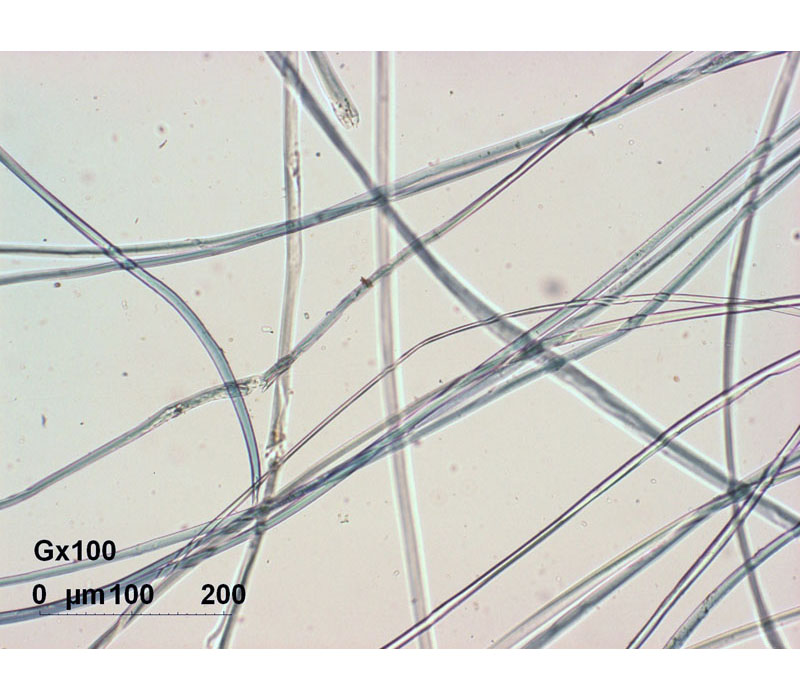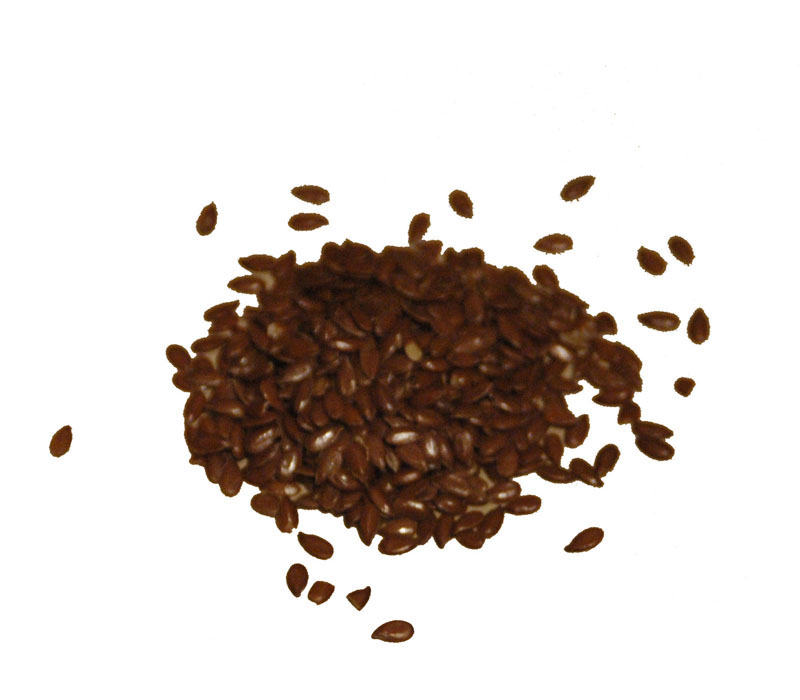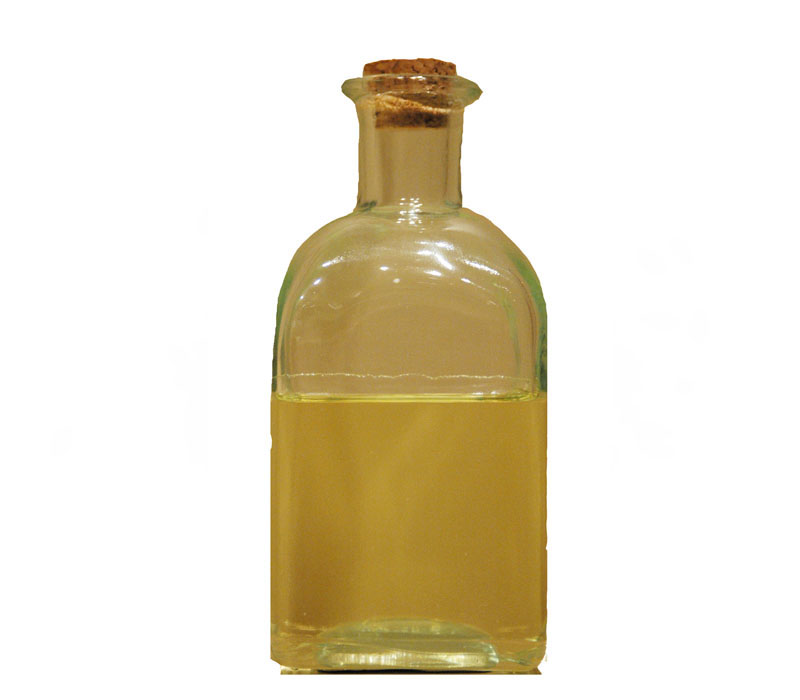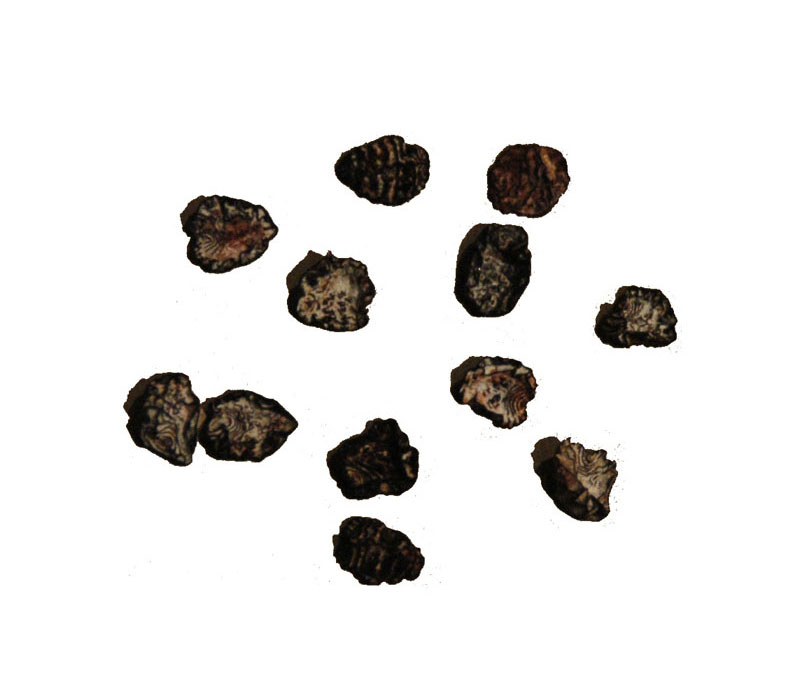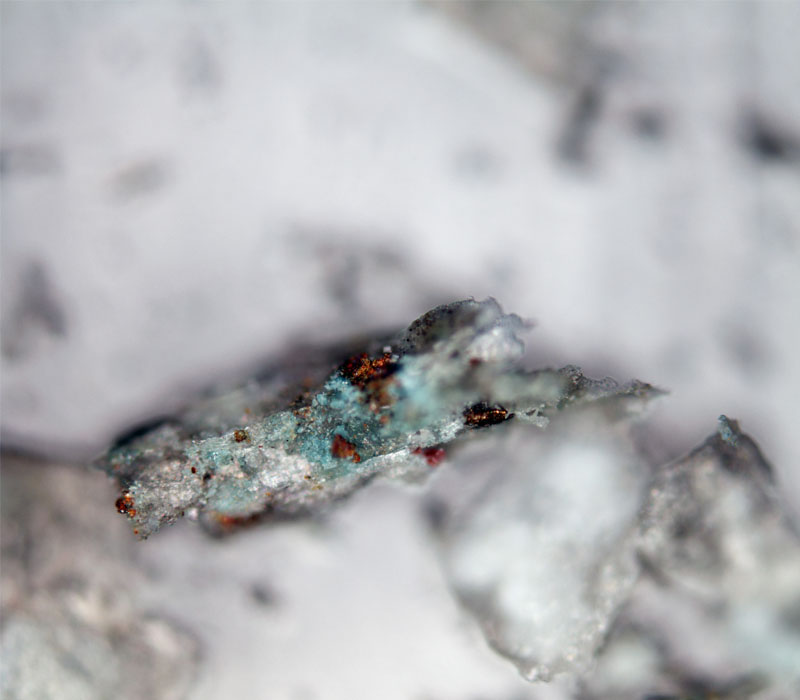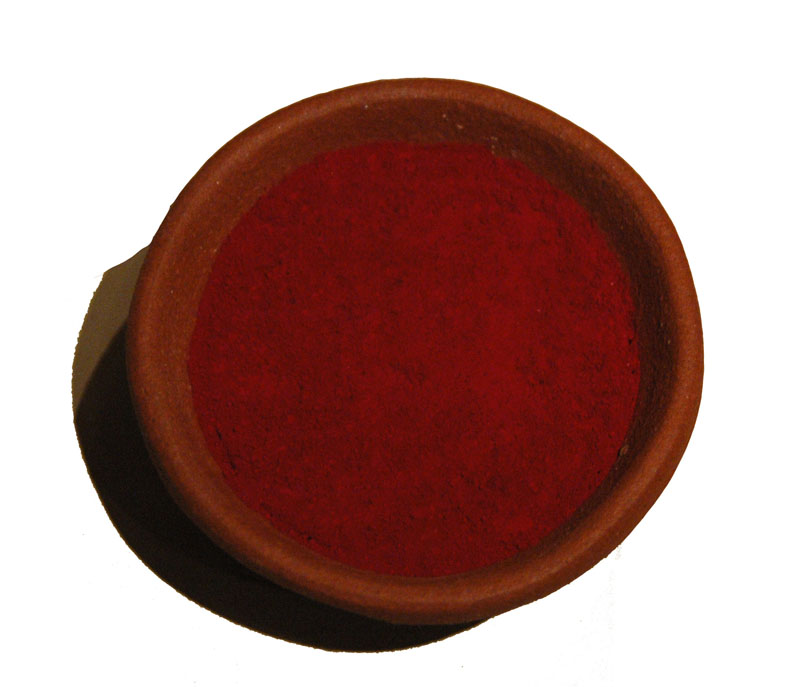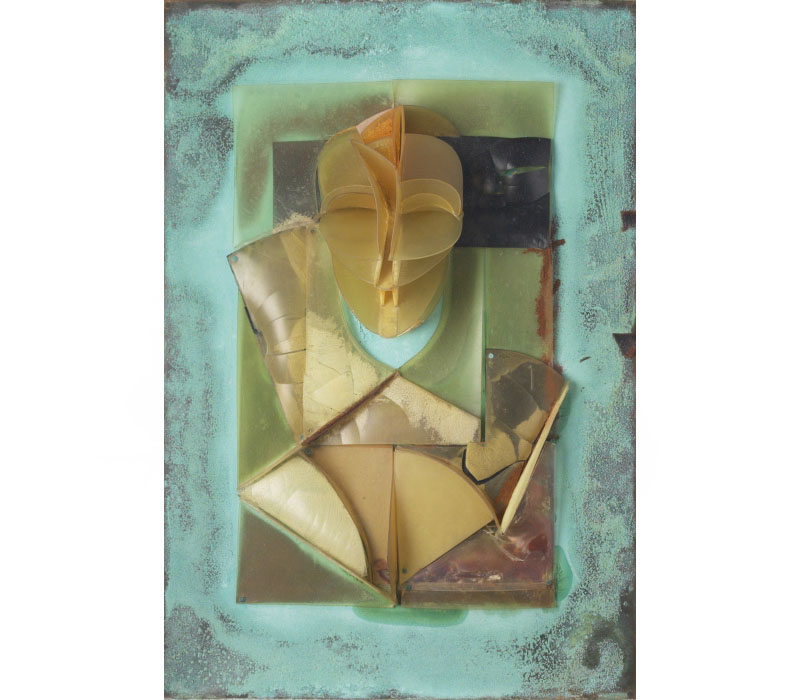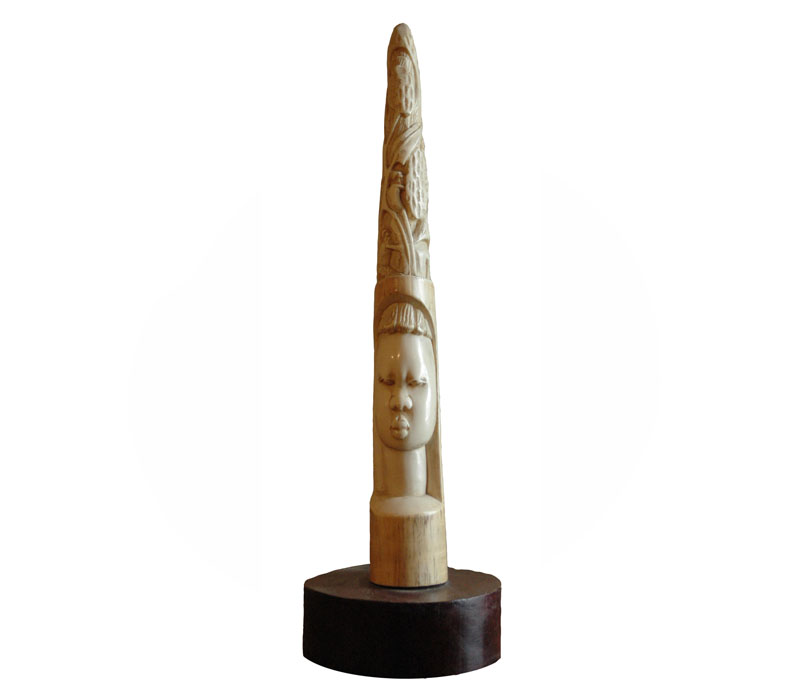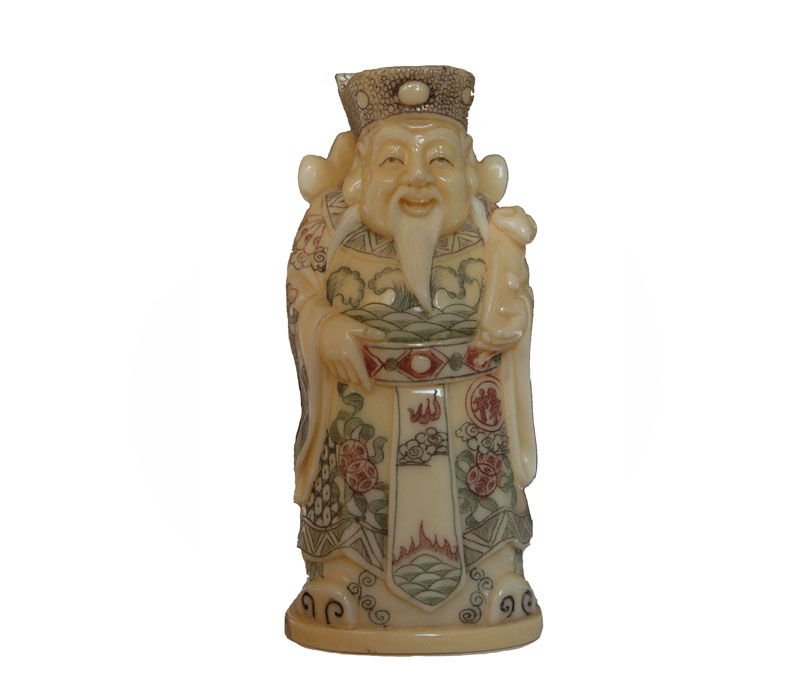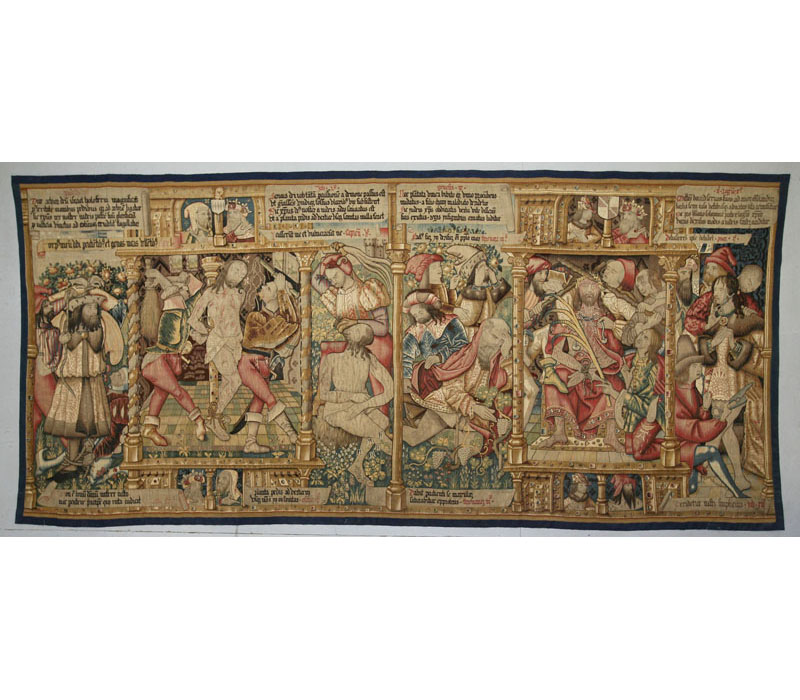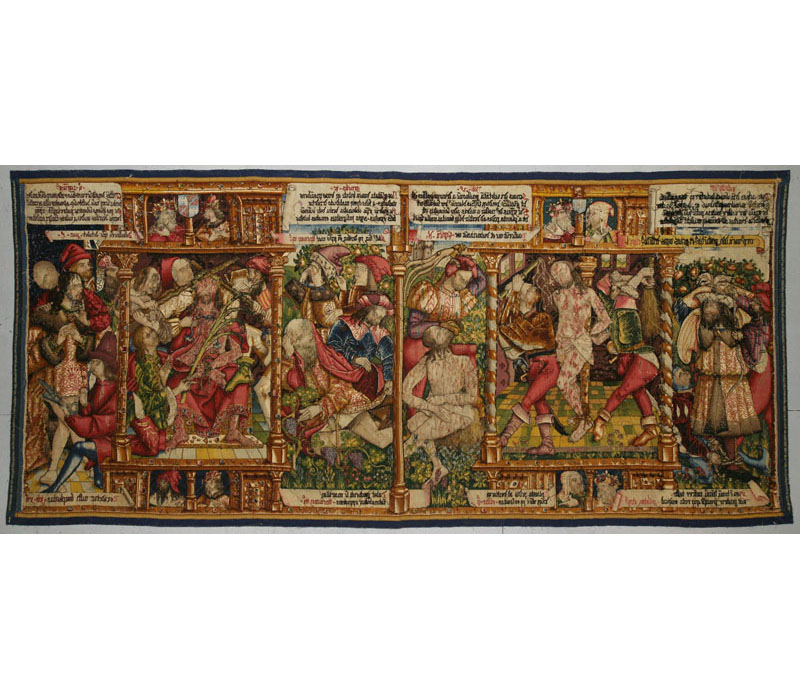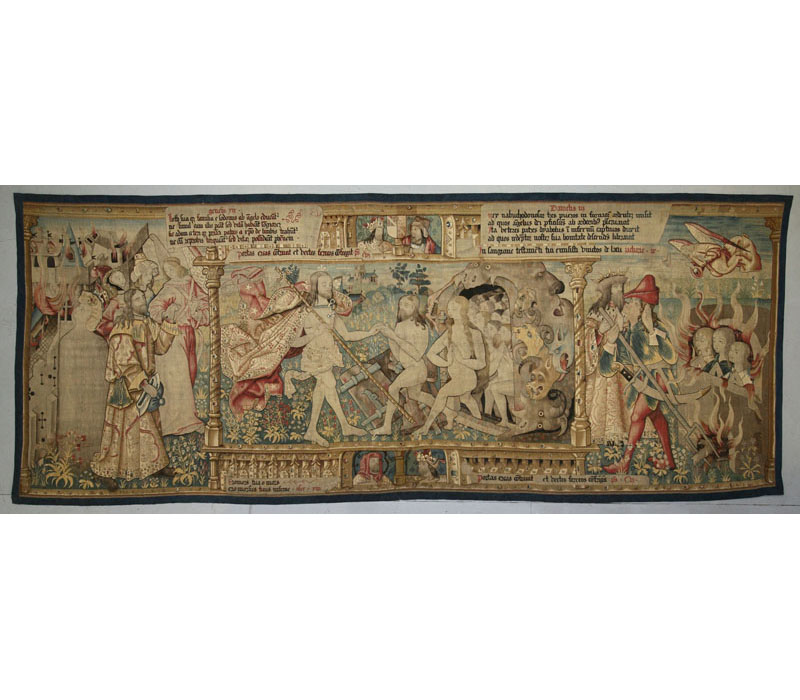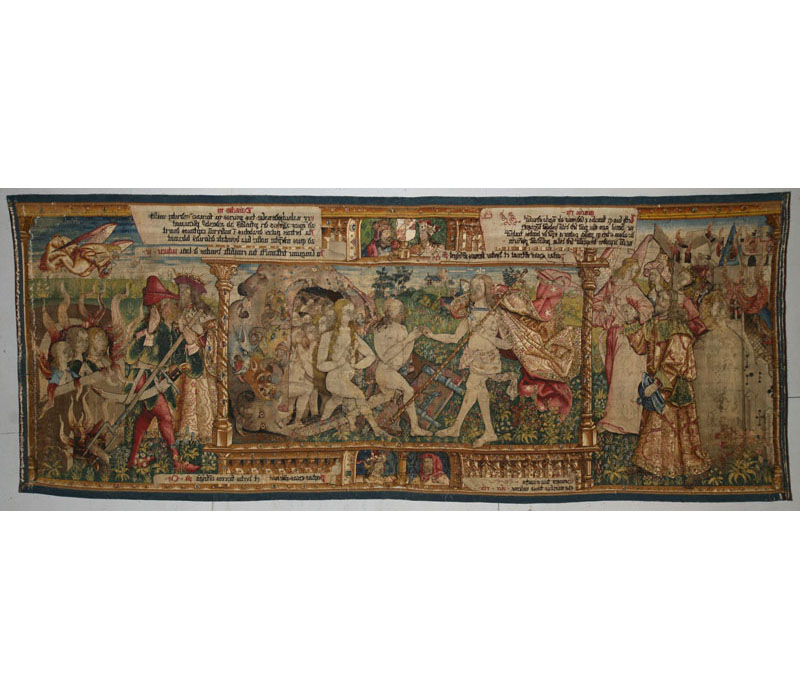The wide variety of existing materials adds to the intrinsic complexity of some organic molecules. Organic artefacts generally relate to wood, leather, bacteria, plants, bones, solvents, fibers, etc.
Only organic materials related to the fields of Arts are treated at CARAA (wood, ivory, bone, varnishes, binders, dyes, polymers and plastics, etc.).
- Understanding the organic material
That mainly consists in understanding how these material deteriorate. Indeed, the fragility of the organic structures induces highly degradable materials. The degradation reactions can result in a rupture of the molecules, but may also consist in a change of colour or even a polymerization of the original molecules (e.g. tannins).
- Assistance for restoration
The accurate identification of a type of varnish, wax or surface coating will help to choose the right techniques to be used during the restoration work. The wide range of analytical instruments at CARAA allows to use the most appropriate technology in the study of organic materials (eg GC-MS, HPLC-MS, Py-GC-MS, FTIR, …)*.
* GC: gas chromatography; HPLC: high performance liquid chromatography; Py-GC-MS: pyrolysis and gas chromatography coupled to mass spectrometry; FTIR: Fourier transform infrared spectroscopy
- Dating opportunities
For certain types of organic materials, C14 AMS dating is possible. The relevant historical period, the amount of available material, the state of conservation and the exact composition of the material however, are an essential criteria that will have to be evaluate prior to dating.

